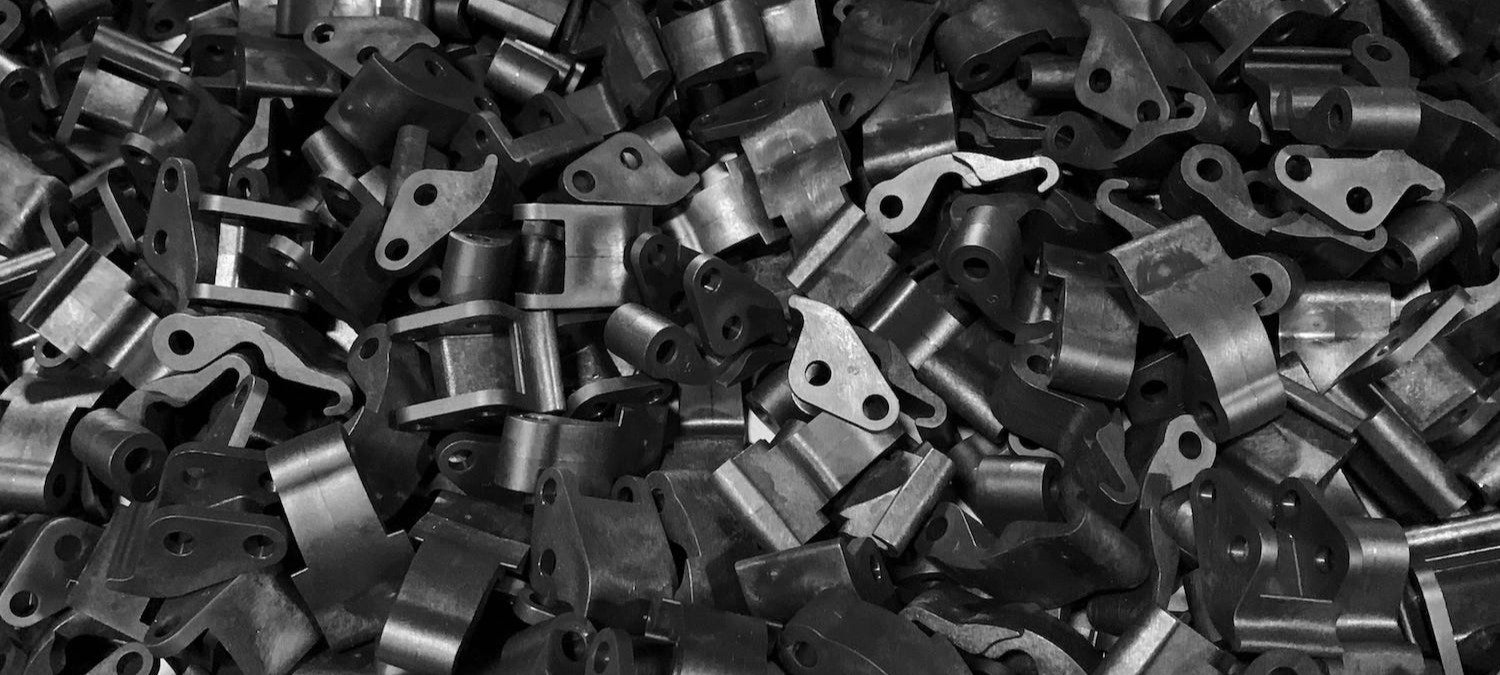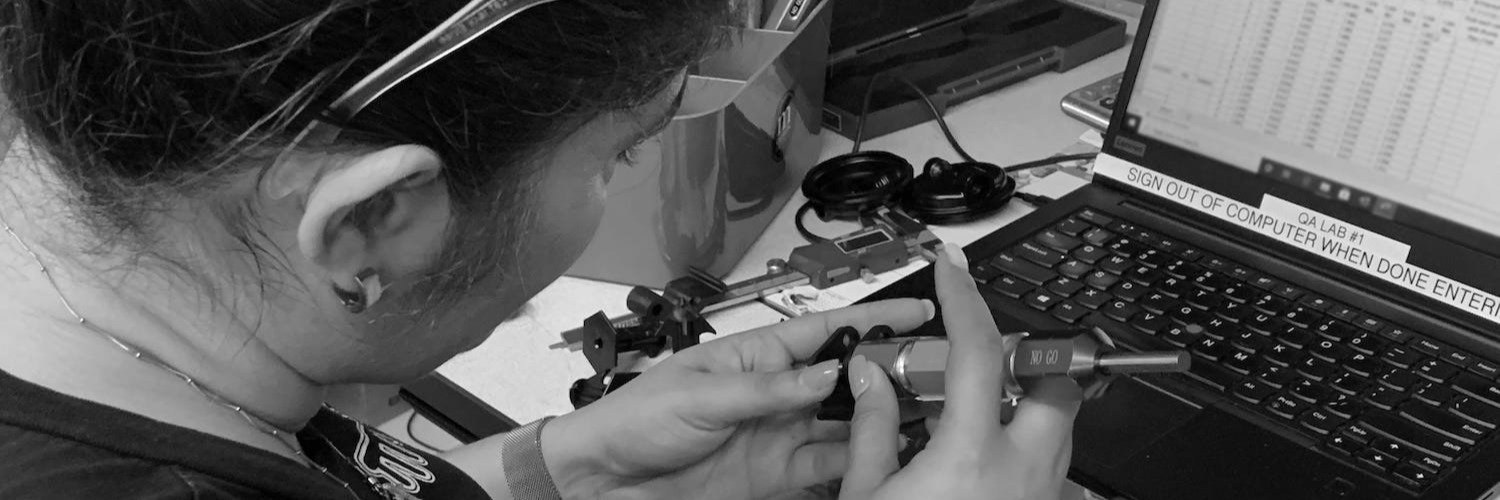When it comes to injection-molded parts, even the smallest measurement variation can lead to big consequences. Whether you’re designing components for aerospace, medical devices, consumer goods, or automotive systems, plastic part tolerances directly affect how well your product performs, how much it costs to manufacture, and how quickly you can bring it to market.
In this post, we’ll break down everything you need to know about plastic part tolerances—what they are, why they matter, and how to strike the right balance between cost, performance, and manufacturability.
What Are Plastic Part Tolerances?
Plastic part tolerances refer to the allowable deviations from a specified dimension on an injection-molded component. In simpler terms, they define how much wiggle room there is in a part’s final size without compromising its function or fit.
Tolerances are typically expressed as “±” values—like ±0.005”—meaning the finished part may be slightly larger or smaller than the nominal dimension. These tolerances apply to features such as length, hole diameter, wall thickness, and surface flatness.
Common types of tolerances include:
- Dimensional tolerances: Allowable range for linear or angular dimensions
- Geometric tolerances: Control the shape, orientation, or location of features (e.g., flatness, parallelism)
- Surface finish tolerances: Define acceptable texture and smoothness
Tolerances are critical because they directly influence whether parts will fit together properly, function as intended, and maintain reliability over time.
Why Plastic Part Tolerances Are Essential to Quality and Function
The importance of tight, well-defined tolerances can’t be overstated. A part that’s just 0.01” too wide might not snap into place. A hole that’s off-center could misalign an entire assembly. Here’s why plastic part tolerances are so crucial:
Fit and Assembly
Parts with poor tolerances may not fit with mating components—leading to assembly errors, rework, or returns. This is especially important in high-precision industries like medical devices or aerospace, where a failed connection could have serious consequences.
Functionality and Performance
Functional performance often relies on exact geometry. For example, a gear with poor concentricity might wobble, or a housing with too much variation could cause vibration or leaks. Maintaining tight plastic part tolerances ensures the product performs as intended.
Learn more about the lifecycle of plastic parts.
Reliability and Safety
Tolerance stack-up—when multiple parts with small deviations combine—can compromise product integrity. In safety-critical environments, poorly controlled tolerances can lead to part failure, product recalls, or liability issues.
How Plastic Part Tolerances Affect Manufacturing Costs
Precision isn’t free, but imprecision can be even more expensive.
While it might seem like a good idea to specify ultra-tight tolerances across the board, overengineering your tolerances can inflate tooling costs, slow production, and lead to unnecessary scrap. On the other hand, tolerances that are too loose can cause quality issues, increase rework, or even shut down your assembly line.
Key ways tolerances impact cost – for example:
- Tighter tolerances = more expensive tooling
- Looser tolerances = increased risk of defective parts
- Longer setup times and cycle times to maintain tight specs
- Added inspection and validation requirements
Smart tolerance planning helps balance performance and production efficiency. It also avoids the “overkill” approach, where tolerances are tighter than needed for non-critical features, wasting money without improving outcomes.
What Influences Plastic Part Tolerances During Production?
There’s more to achieving tight plastic part tolerances than setting numbers on a drawing. Several real-world factors can cause deviations during injection molding, including:
Material Behavior
Plastics shrink and warp as they cool. Each resin type has its own shrink rate, which affects the final dimensions of the part. Crystalline materials (like nylon) typically shrink more than amorphous ones (like ABS), and fillers or reinforcements (like glass fiber) can further impact stability.
Mold Design
The mold itself must be precision-machined to achieve the desired tolerances. Venting, cooling channels, draft angles, and gate placement all affect how plastic flows and solidifies, and ultimately how accurately it replicates your CAD model.
Process Control
Machine calibration, pressure, temperature, and cycle time all play a role in dimensional consistency. Without tight process control, it’s difficult to consistently hold tight tolerances.
Environmental Conditions
Humidity and ambient temperature can affect certain resins, especially hygroscopic ones, leading to variation. Changes in shop conditions can impact repeatability if not accounted for.
Want more information on how plastic parts are created using injection molding? Read our blog.
4 Tips on Choosing the Right Plastic Part Tolerances for Your Design
Not every feature on a part needs a ±0.001” tolerance. The key is understanding which tolerances are critical and where you have room to relax.
Our top four tips include:
1) Identify Critical-to-Function Features
Start by identifying which dimensions impact performance, assembly, or safety. Those should be assigned tighter tolerances. Cosmetic or non-load-bearing features may allow looser specs.
2) Consider Standard Industry Guidelines
For many plastic parts, general tolerance ranges are available (e.g., SPI or ISO 20457) that serve as a helpful baseline. These standards offer reasonable expectations for precision based on part size and complexity.
3) Avoid Overengineering
Tolerances should be as tight as necessary but no tighter. Over-tolerancing increases costs with little return.
4) Collaborate with Your Molder
Getting your injection molder involved early can prevent tolerance issues later. For example, they may recommend subtle design tweaks that help you achieve functional goals while minimizing tooling complexity or production challenges.
How Molding Dynamics Supports Plastic Part Tolerances
At Molding Dynamics, we manufacture to spec while helping you define what those specs should be. Our engineers suggest modifications that reduce cost, simplify production, and hold critical tolerances without going overboard.
Examples include:
- Recommending geometry changes that reduce shrinkage-related variation
- Identifying areas where draft angles or wall thickness can improve consistency
- Holding parts on the shelf to support blanket orders and fast delivery
- Offering feedback on tolerance feasibility during quoting or prototyping
We’re not always the cheapest option, but we create value through engineering support and manufacturing integrity. If you need parts that function as intended and deliver consistent performance, tolerance planning matters.
Learn more about the true cost of cheap plastic molds.
Let’s Talk Plastic Part Tolerances
Plastic part tolerances are the unsung hero of high-performing molded products. Get them right, and your part fits perfectly, functions reliably, and keeps production costs under control. Get them wrong, and you may face quality issues, rework, or even product failure.
The bottom line? Don’t treat tolerances as an afterthought. Treat them as a strategic decision—and work with a partner who understands how to engineer precision from the start.
Have a project in the works or a drawing you’d like reviewed? We’d be happy to discuss how Molding Dynamics can help you meet your tolerance goals with confidence. Contact us today.





